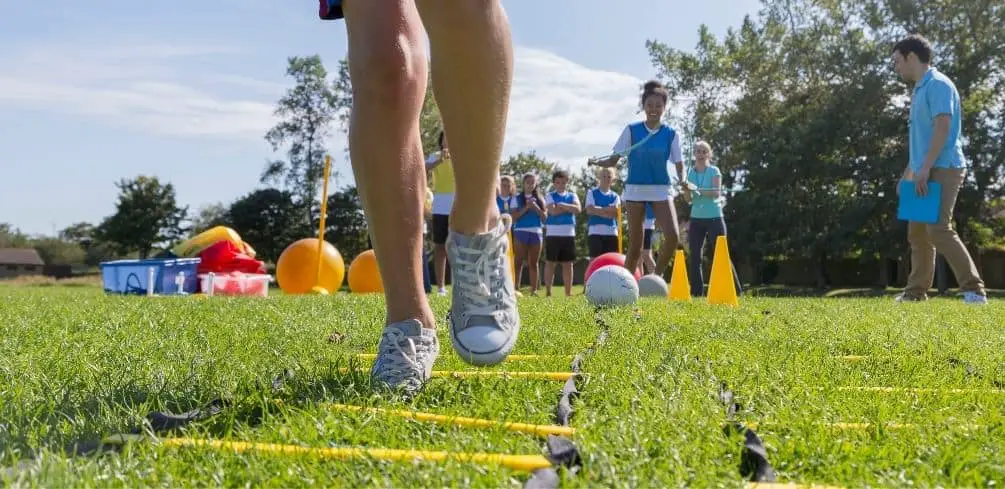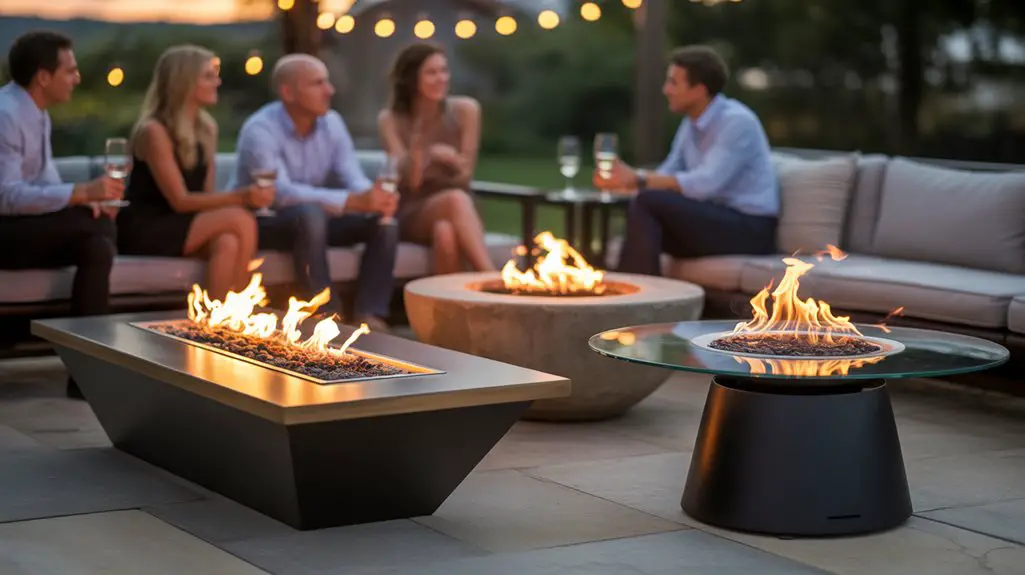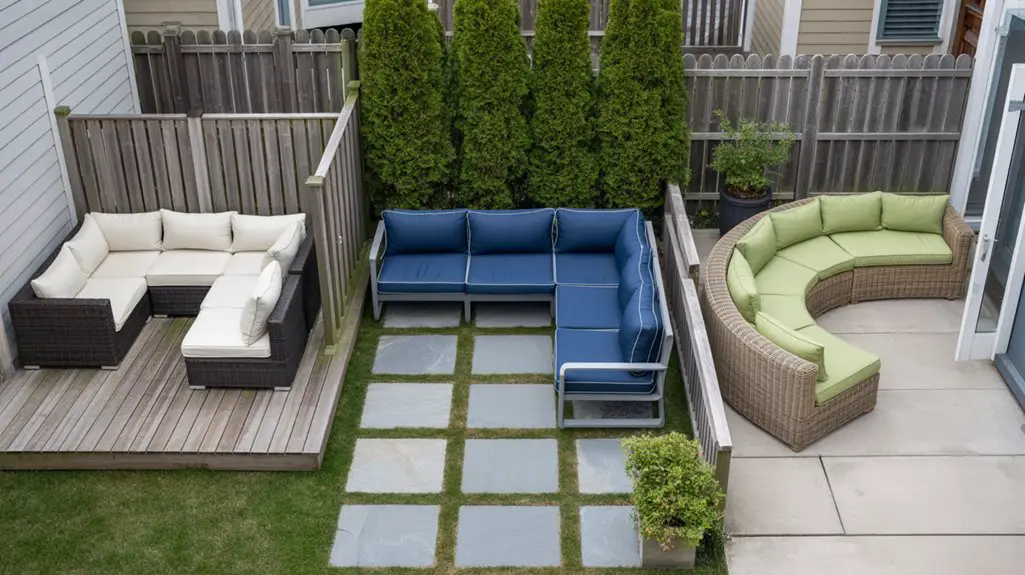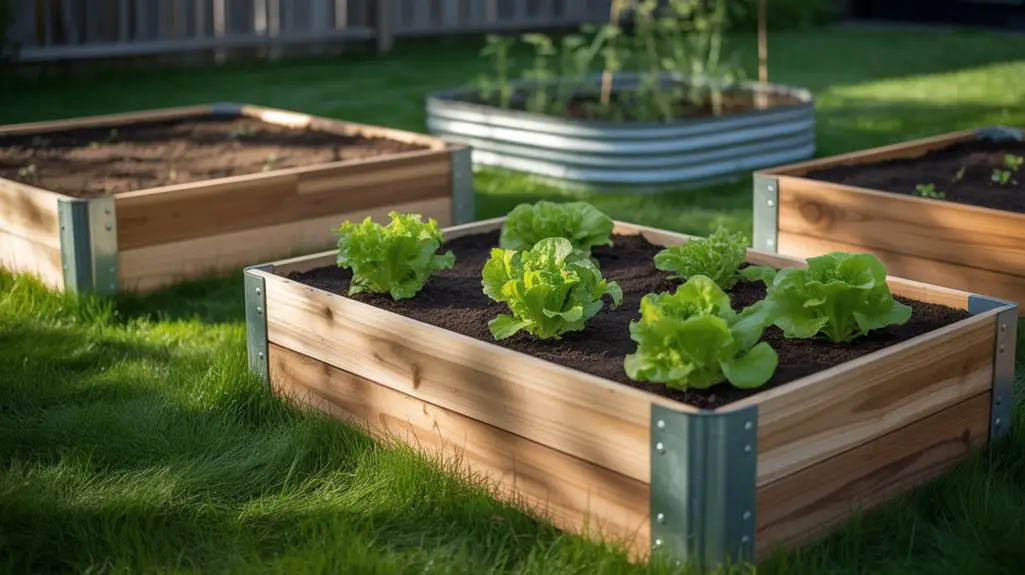Here’s a great obstacle course planner:
- Identify your location
- Identify the cognitive and motor skills you want the course to have
- Design the obstacle course
- Create a list of obstacles
- Plan activities that target specific skills identified
- Collect the materials required
- Set up the obstacle course
- Describe and practice the steps
Looking for a fun way to get your kids active this summer? Check out our free obstacle course activity planners:
Click here to Download the Free Obstacle Course Activity Planner
These printable sheets include a variety of activities that will keep your little ones entertained and active all summer long. Plus, they’re totally free to download or view below.
Obstacle Course Activity Planner: How to Make One
Before we discuss how to make an obstacle course, let’s first take a look at some basics:
What is an Obstacle Course?
An obstacle course is a series of physical challenges or activities that are designed to test and improve agility, coordination, and strength.
It often includes a variety of activities, such as running, jumping, climbing, crawling, and swinging.
Why Make an Obstacle Course?
There are plenty of reasons to make an obstacle course:
It’s a fun way to get active: An obstacle course is a great way to get your kids moving and active. It’s a fun way to burn some calories and has some fun at the same time.
It’s a great workout: An obstacle course can be a challenging workout. It will test your agility, coordination, and strength.
It enhances motor skills in children: Obstacle courses help improve motor skills in children. They allow kids to explore their physical abilities and learn new skills.
It helps develop teamwork: Obstacle courses can be a great way to promote teamwork. Working together as a team is essential for completing the course successfully.
Obstacle Course Planner DIY
There are various steps you need to consider to come up with a successful obstacle course. Let’s take a look at each one:
Location
The first step is to choose a location for the course. You’ll want an open space with plenty of room to run and move around.
You may also want to consider including some obstacles, such as trees or fences, that can add to the challenge. You want to look for a place where the course can be set up in a large open area with plenty of running room.
Identify the cognitive and motor skills you want the course to develop in your child
This is a step you do not want to ignore. You want to brainstorm, learn your kid’s abilities, and come up with a course that suits their needs.
It is important that you get this right. Putting too many or too challenging obstacles may not be suitable and might defeat the purpose of the course.
The same goes for having too easy a course; your child may not get the desired benefits.
Some of the skills you might want to develop include:
- Cognitive skills: These include skills such as problem-solving, memory, and focus.
- Motor skills: These are the physical abilities needed to control the body. This includes skills such as balance, coordination, agility, and strength.
- Gross motor skills: These are the large movements that use the entire body, such as running, jumping, and climbing.
- Fine motor skills: These are the small movements of the hands and fingers, such as picking up small objects or writing.
- Sensory skills: These are the skills that allow us to interact with the world around us. They include skills such as touch, taste, smell, hearing, and sight.
Once you have identified the skills you want to focus on, it will be much easier to come up with an obstacle course that caters to your child’s needs.
Design the obstacle course
Here, you want to carefully map out the course. You’ll want to make sure there is a starting and finishing point, and that all obstacles are placed in the correct order.
You’ll also want to consider the difficulty of each obstacle. Make sure there is a range of easy, medium, and hard obstacles to keep your child challenged.
Create a list of obstacles
Now that you have designed the course, it’s time to create a list of obstacles. This is where your creativity comes in.
You can use anything you like for obstacles, as long as it is safe.
Some ideas include:
- A tire swing: This is a great obstacle for gross motor skills. It requires kids to swing across the course.
- A balance beam: This is a great obstacle for motor skills. It tests a child’s balance and coordination.
- A climbing wall: This is a great obstacle for strength and agility. It requires kids to climb up and over the wall.
- Hurdles: These are a great way to test agility and coordination.
- A ring set: Kids love jumping around. So having a ring set as an obstacle is sure to be a hit.
- A tunnel: This is a great obstacle for sensory skills. Kids have to crawl through the tunnel.
- Rainbow-colored cones: These are a great way to add color and fun to the course.
Once you have your list of obstacles, it’s time to get creative and start building your course.
Plan activities that target specific skills identified
Again, you want to be very careful here. Plan activities that target the specific skills you want to develop. If you have identified that your child needs help with balance, then include activities that focus on balance.
Some ideas for activities include:
- If you want to focus on cognitive skills, try problem-solving activities such as those requiring your kids to figure out which is the easiest way out or through an obstacle.
- If you want to focus on motor skills, try activities that require your child to move quickly and smoothly around the course.
- If you want to focus on gross motor skills, try activities such as running and jumping.
- If you want to focus on fine motor skills, try activities such as picking up small objects, or carefully arranging the obstacles.
- If you want to focus on sensory skills, try activities that stimulate the senses such as colorful obstacles or scented markers to draw on the course.
Collect the materials required
Now, you are getting closer to actually running the course. But before you can do that, you need to collect the materials required.
You will need:
- An obstacle course set-up
- A stopwatch or timer
- A clipboard and pen/paper
- Activities that target specific skills
- Optional: a camera to capture your child’s excitement
Set up the obstacle course
Now it’s time to set up the course. This is where your handy list of obstacles comes in handy. You can either set them all up at once or do one obstacle at a time.
Make sure you have enough space for your child to run around and move freely. And be sure to have a clear path for them to finish the course.
Describe and practice the steps with your kids
Before you let them loose on the course, it’s a good idea to describe and practice the steps with your kids. This will ensure they know what to do and how to do it.
Be sure to let them know that they should go at their own pace and take their time with the course. There is no rush.
Have fun
Now that they know what to do, it’s time for them to have some fun. Watch as they run and jump their way through the course, enjoying every minute of it. And be sure to take pictures or videos to capture the memories.
When they finish, be sure to give them a pat on the back and tell them how proud you are of them.
It is important to note that you can re-arrange the obstacles to make them more challenging or less challenging as your child’s abilities change.
What Are Some of the Activities to Include in my Obstacle Course?
There are many activities that you can include in your obstacle course. It all depends on what you want to focus on and what your child enjoys doing.
Some ideas for activities include:
Cognition: Here you want to include activities that require problem-solving skills such as those requiring your kids to figure out which is the easiest way out or through an obstacle.
Balance: This could include activities such as walking a tightrope, or crossing a balance beam. It may also include walking on one foot or hopping on one foot.
Coordination: This could include activities such as throwing a ball through a hoop, or trying to catch a ball while standing on one foot.
Sensory: Include activities that stimulate the senses such as colorful obstacles or scented markers to draw on the course.
Fine Motor: This could include activities such as picking up small objects, or carefully arranging the obstacles.
Gross Motor: This could include activities such as running and jumping.
Final Thoughts
Setting up an obstacle course is a great way to get your kids moving and having fun. It is also a great way to target specific skills such as coordination, balance, sensory, and more.
Be sure to tailor the course to your child’s abilities and interests, and have fun watching them run and jump their way through it.
Hopefully, this article has given you some ideas on how to set up an obstacle course for your kids. Have fun and be sure to take pictures or videos to capture the memories.
Looking for something that will last longer, why not try a natural playground.
Please be careful and use at your own risk
None of the authors, contributors, administrators, or anyone else connected with BestPlaygroundSets, in any way whatsoever, can be responsible for your use of the information contained in or linked from these web pages.




